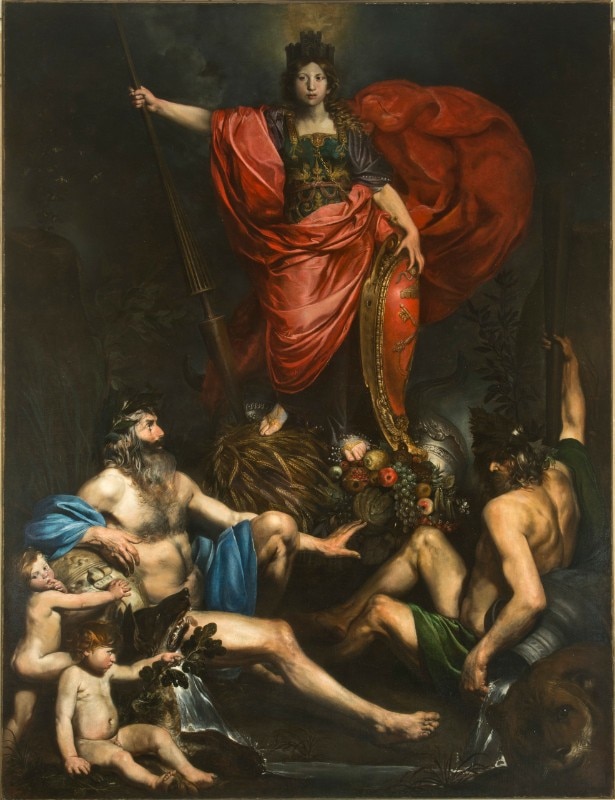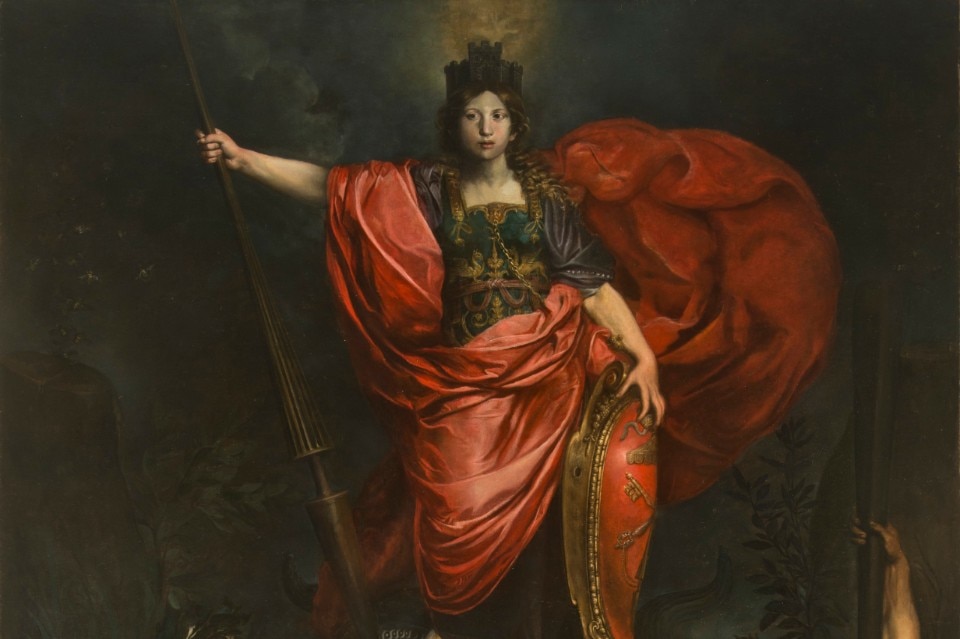It was 10.10 p.m. when on 25 April 1945, Radio Busto, a radio station in the province of Varese, a town very close to Milan, announced that: “in the name of the Italian people, the National Liberation Committee of Upper Italy has assumed all powers and the fascist armed forces have been dissolved”. Italy was finally free of the regime. Italy had been liberated.
On the occasion of such a symbolic holiday for Italy and for Europe as a whole, we come back to current affairs. Many historians, journalists, heads of state and experts (although not all of them) compare the war in Ukraine to the Second World War. This conflict involved all the nations and powers of the world because of one man’s lust for conquest and glory – Adolph Hitler.
Italy, “a nation of poets, of artists, of heroes, of saints, of thinkers, of scientists, of navigators, of migrators”, was exhausted, weakened and destroyed after years of war. It was a nation to be rebuilt, from its damaged artistic treasures to its ruins, both ancient and modern, all mixed together.
Italy and its allegory have been recounted by one of the most famous Caravaggists painters - Valentin de Boulogne, whom the artist Giovanni Baglione, one of his contemporaries, describes as follows: “One must not forget Valentin de Boulogne, who imitated the style of Caravaggio by painting from nature. He made beautiful and proud oil paintings, and he mixed the oil paint colours perfectly.”

The French painter, who was born in Coulommiers in 1591 and died in Rome in 1632, portrayed Italy (many critics interpret it as the Allegory of Rome) on a large canvas over three metres high and about two and a half metres wide.
What makes the painting wonderful is its character, its solemnity, the fluidity of the colours and of the draperies, and the harsh language used. The twins Romulus and Remus, next to the old man representing the Tiber and the she-wolf, are street urchins. One of them is looking toward the viewer, as if to tell the story. The two old men, one embodying the river that flows through Rome and the other representing the Arno, are nothing more than two commoners trying to pose as composed and authoritative figures, as solemn and majestic as the two rivers.
Caravaggio’s influence insinuates itself forcefully into the theatricality of the whole. Italy, majestic, dominates the scene. The pathos is charged by the enveloping brushstrokes, the dynamic composition and the warm light that envelops the scene and lingers intensely on some faces, especially that of the woman, wrapped in red draperies, leaving other parts of the painting in the dim light typical of Caravaggio’s paintings.
That day, my friends, we lived one of the most beautiful experiences that man can make: the miracle of freedom.
De Boulogne recounts the Italy of his time, when numerous artists felt drawn towards it mainly because of Merisi’s innovative painting technique and by the prosperity of the market, linked to numerous public and private patrons and collectors. This is how he tells the story, resplendent and proud, completely unaware of the destiny to come.
“After twenty years of the regime and five years of war, we had finally returned to being men with one face and one soul. We were completely ourselves again. We felt like civilised men again. We had gone from being oppressed to being free. That day, my friends, we lived one of the most beautiful experiences that man can make: the miracle of freedom”. Through Norberto Bobbio’s words, we remember last 25 April, the anniversary of the liberation of Italy and soon, hopefully, that of Ukraine. And we hope that the Russian people will have their 25 April, too.


